How to shape gameplay for fitz it
Fitz It is a popular game with both my students with autism and my family. It requires a broad range of intraverbal, categorization, and language skills. Here are my suggestions for shaping gameplay.
77
STEPS
TOOLS
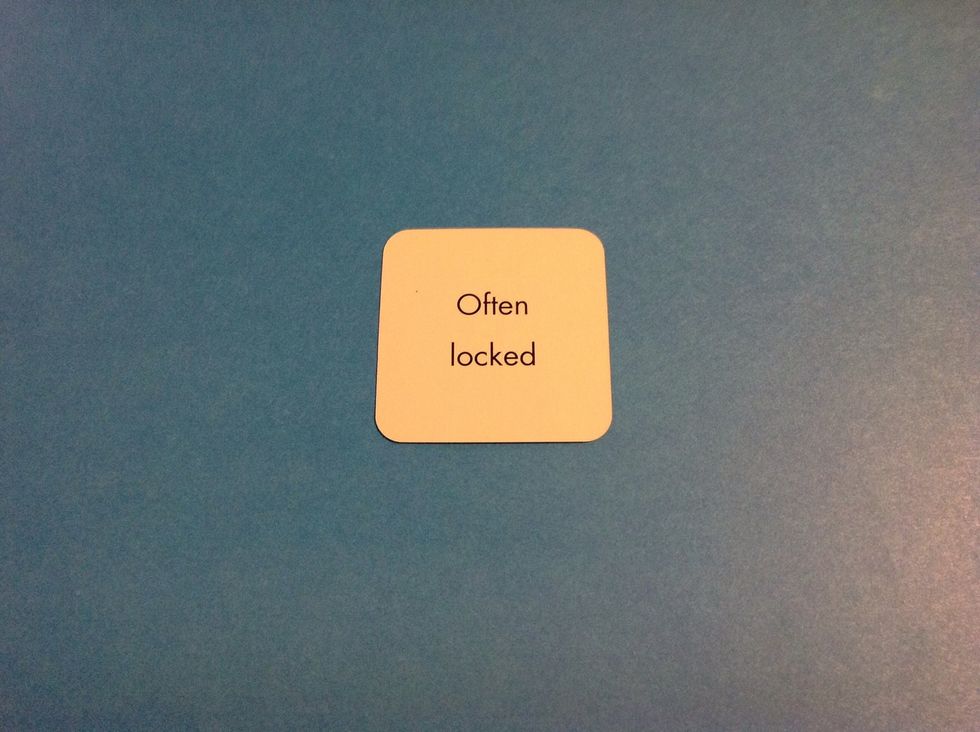
Introduce one card at a time. Ask your learner, "Can you think of something that is..." Once he/she has mastered this step, move onto the next step. This may take more than one play session.
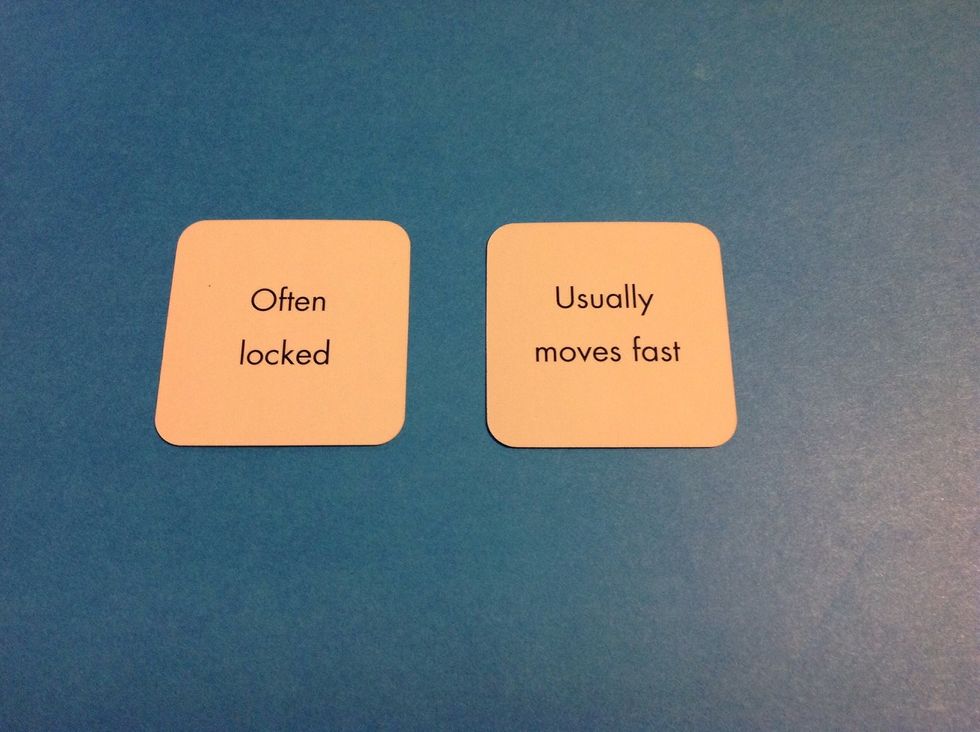
Show two cards simultaneously. Ask your learner, "Can you think of something that ...and...? You may need to pull out cards your learner knows prior to playing, then build up to pulling random cards.

Introduce the starting card with a field of 3 choices. In this example, your learner must choose cards to put next to "Has a wheel," then name an object that fits the description of all placed cards.

Once your learner has mastered the game as described on the previous step, use a field of 5 options. Encourage the learner to use as many cards as possible, even if it takes longer.

Now, play on each other's cards! Once the learner has placed cards, another player adds to the cards and names a new object. It's a great opportunity to think aloud about the cards you're playing.
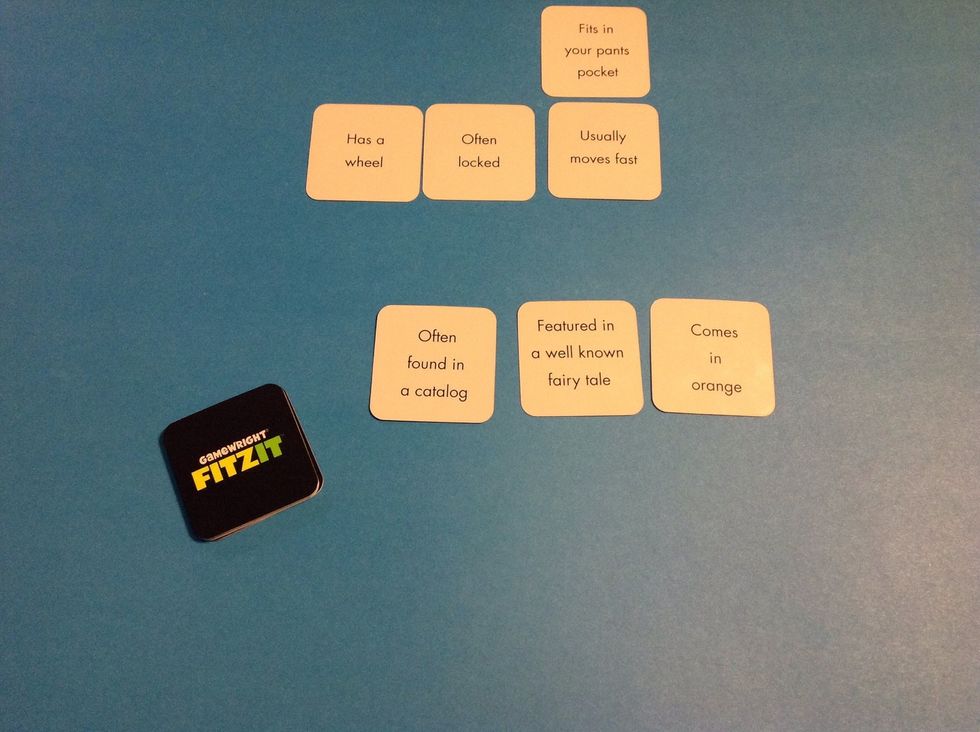
Introduce the stack of ten additional cards. When the learner has played cards, he/she must replace the until there are five cards again. The goal is to use all of your cards first.
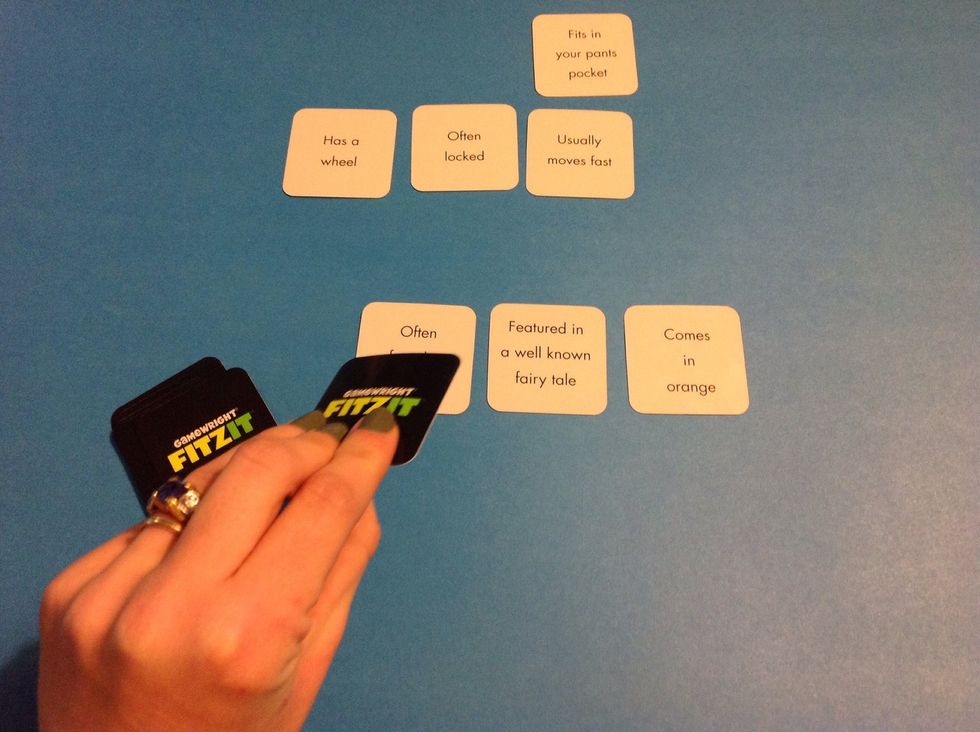
When the learner places cards, he/she must add cards until there are five again. This is a great step to have the learner start holding the cards in his/her hands instead of placing them on the table.

Remember to keep it fun and engaging for the learner! If they've mastered all previous steps, they're ready for the last two rules of the game that add another level of complexity.

Introduce giving cards to opponents. If you play four cards, you can give away one of your remaining cards. If you play five cards, you can give away TWO of your remaining cards.
If you add one or more cards to a row that already contains four or more cards, you can give away an equal amount from your stack to the number you played.
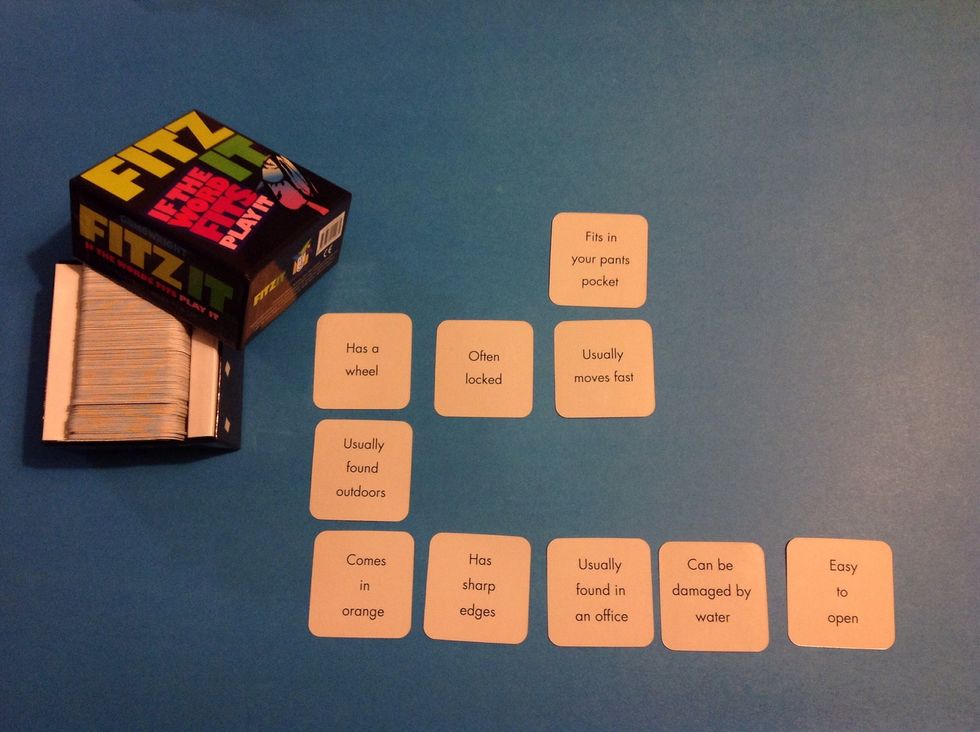
Your learner does not have to master all the steps in order to engage in play with others. Your ultimate goal is to increase opportunities for play with siblings and peers in motivating ways.
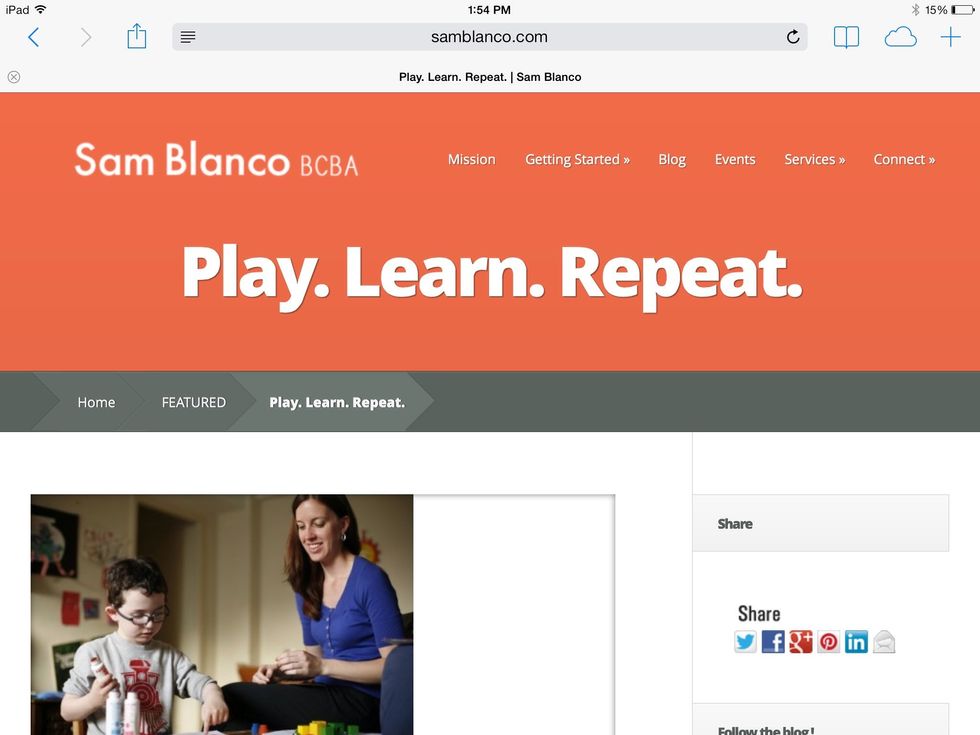
For more information on modifying games for learners with autism and other developmental delays, visit www.samblanco.com.
- Fitz It by Gamewright
Sam Blanco
Special education teacher, Board Certified Behavior Analyst. Dedicated to showing the value of games, play, and technology in special education.
Brooklyn, NY
The Conversation (0)
Sign Up